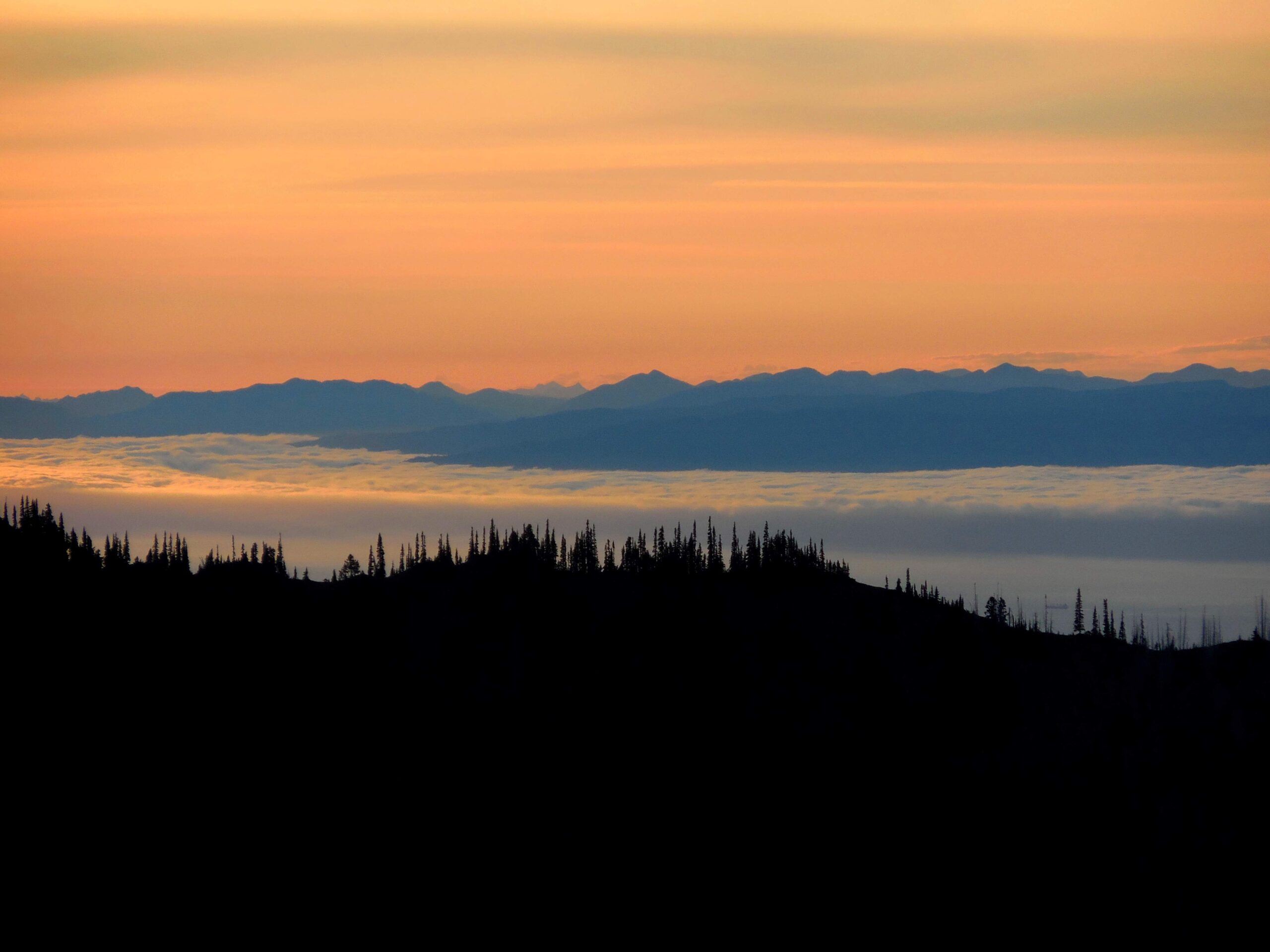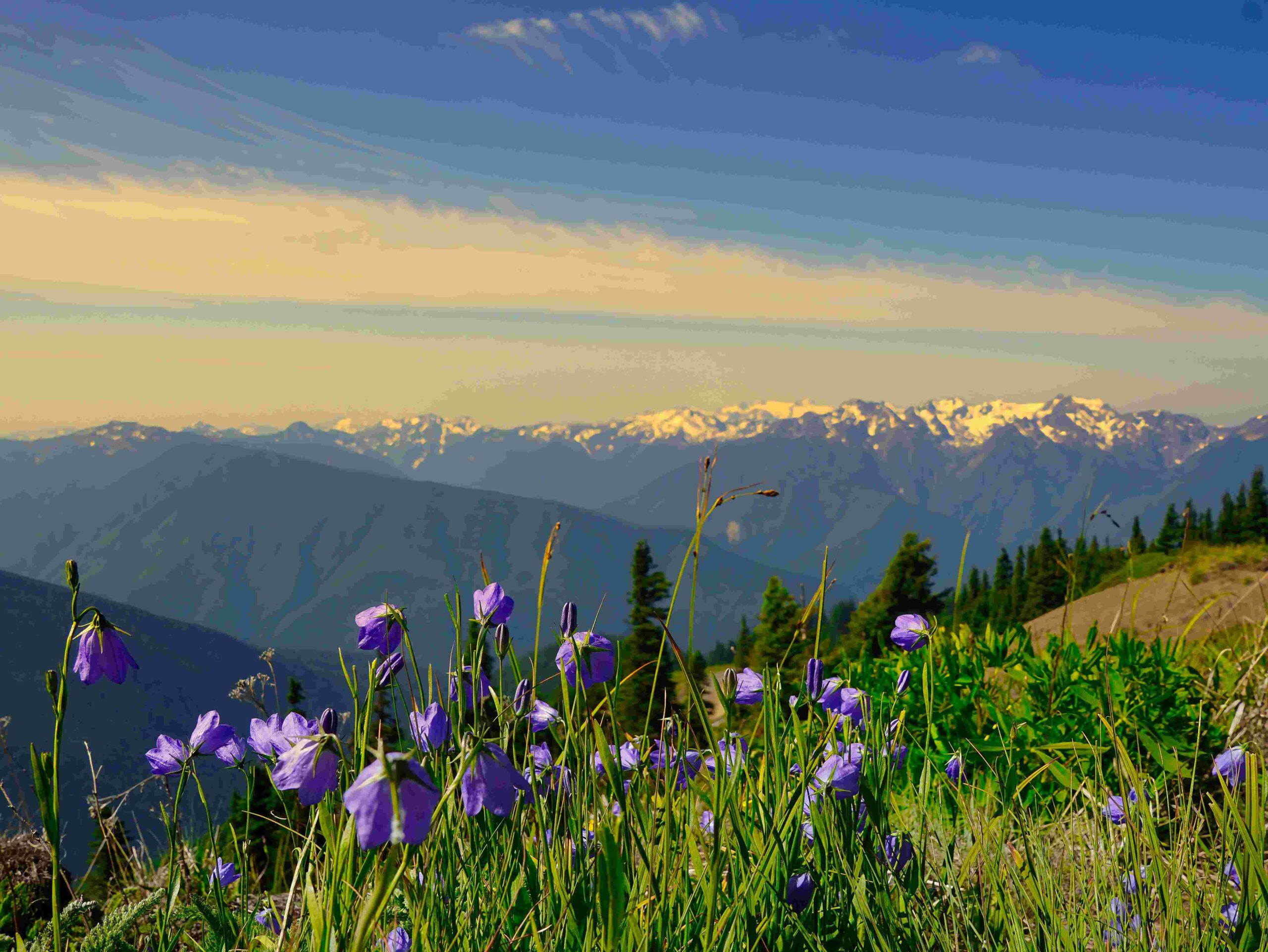Olympic National Park is surrounded by vast wilderness areas, offering unparalleled natural beauty and diverse ecosystems. The Daniel J. Evans Wilderness, covering 95% of the park, is the largest in Washington state. Adjacent wilderness areas in Olympic National Forest, including Buckhorn, Brothers, and Mount Skokomish, further enhance the region’s protected landscapes. These areas encompass temperate rainforests, alpine meadows, rugged coastlines, and glacier-capped mountains, providing a haven for diverse wildlife and outdoor enthusiasts.
What Are the Specific Wilderness Areas Around Olympic National Park?

Olympic National Park is encircled by and includes several significant wilderness areas, each with its own unique characteristics:
Daniel J. Evans Wilderness
- Size: Approximately 876,000 acres
- Coverage: About 95% of Olympic National Park
- Key Features:
- Largest wilderness area in Washington state
- One of the largest in the contiguous United States
- Encompasses diverse ecosystems:
- Temperate rainforests
- Alpine meadows
- Glacier-capped mountains
- Includes four major temperate rainforest valleys:
- Hoh
- Queets
- Quinault
- Bogachiel
Olympic National Forest Wilderness Areas
- Names:
- Buckhorn Wilderness
- The Brothers Wilderness
- Mount Skokomish Wilderness
- Wonder Mountain Wilderness
- Colonel Bob Wilderness
- Size: Varies for each area
- Significance: Collectively add to the overall wilderness protection around the park
- Key Features:
- Old-growth forests
- Rivers
- Mountainous terrain
What Are the Top Wilderness Trails in Olympic National Park?

The wilderness areas around Olympic National Park offer a variety of trails for hikers and backpackers. Here are some of the most notable:
- Coast Trail
- Length: Approximately 60 miles
- Difficulty: Moderate to challenging
- Elevation Gain: Minimal
-
Notable Landmarks:
- Unbroken stretches of wilderness beaches
- Native communities at river mouths (Hoh and Quileute)
- Scenic Pacific Ocean views
-
Hoh River Trail
- Length: About 17 miles to Blue Glacier
- Difficulty: Moderate to challenging
- Elevation Gain: Significant (sea level to over 4,000 feet)
-
Notable Landmarks:
- Hoh Rainforest (one of the largest temperate rainforests in the US)
- Blue Glacier on Mount Olympus
-
Queets River Trail
- Length: Approximately 15.5 miles to Spruce Nature Trail
- Difficulty: Challenging
- Elevation Gain: Moderate
-
Notable Landmarks:
- Mossy Queets Spruce (one of the largest Sitka spruce trees)
- Queets Fir (thickest known Douglas fir)
-
Enchanted Valley Trail
- Length: About 13 miles one-way
- Difficulty: Moderate
- Elevation Gain: Moderate
-
Notable Landmarks:
- Massive ancient trees (cedars, firs, spruces, hemlocks)
- Enchanted Valley
-
Seven Lakes Basin / Sol Duc Loop
- Length: Approximately 18 miles
- Difficulty: Moderate to challenging
- Elevation Gain: Significant
- Notable Landmarks:
- Seven lakes
- Sol Duc Hot Springs
- Diverse forest and meadow landscapes
What Are the Camping Options in Olympic Wilderness Areas?
Camping in the wilderness areas around Olympic National Park offers a range of experiences, from primitive backcountry sites to more developed campgrounds:
Campgrounds
- Backcountry Campsites
- Located throughout wilderness areas
- Found along trails such as:
- Hoh River Trail
- Queets River Trail
- Enchanted Valley Trail
- Primitive conditions
-
Require advance reservations
-
Developed Campgrounds
- Examples:
- South Fork Hoh campground
- Lake Quinault Lodge area
- Offer more amenities
- Located within or near wilderness areas
Amenities
- Water Sources: Natural streams and rivers (treatment required)
- Restrooms: Primitive outhouses at many backcountry sites
- Reservation Requirements:
- Mandatory for backcountry campsites
- Can be made through:
- Wilderness Information Center
- recreation.gov website
- Advance booking recommended, especially for popular areas
Fees
- Backcountry Permits:
- Required for all overnight stays
- Free of charge, but may include small reservation fee
- Camping Fees:
- Vary by campground
- Backcountry camping generally free with permit
What Are the Wildlife Viewing Opportunities in Olympic National Park?
The wilderness areas around Olympic National Park offer diverse wildlife viewing opportunities:
Best Locations for Wildlife Viewing
| Location | Wildlife |
|---|---|
| Hoh and Quinault Rainforests | Roosevelt elk, black bears, black-tailed deer |
| Coastal Areas | Seals, sea lions, various bird species |
| Mountainous Regions | Mountain goats (managed population), occasional cougars |
Optimal Times for Wildlife Sightings
- Spring and Fall:
- Best overall for wildlife spotting
- Milder weather
- Less dense vegetation
- Summer:
- Ideal for marine wildlife viewing
- Winter:
- Less common for sightings due to harsh weather
- Roosevelt elk visible in lower elevations
Types of Wildlife
- Mammals:
- Roosevelt elk
- Black bears
- Black-tailed deer
- Cougars
-
Mountain goats (managed population)
-
Birds:
- Marbled murrelets
- Bald eagles
-
Various seabirds
-
Fish:
- Anadromous species:
- Salmon
- Steelhead
Regulations and Guidelines for Wildlife Viewing
- Maintain a safe distance from wildlife
- Strictly no feeding of wildlife
- Stay on designated trails
- Obtain necessary permits for specific activities (e.g., hunting, guided tours)
The wilderness areas around Olympic National Park offer a unique opportunity to experience diverse ecosystems and observe a wide range of wildlife in their natural habitats. Whether hiking through ancient forests, camping in secluded valleys, or exploring rugged coastlines, visitors can immerse themselves in the raw beauty of these protected wilderness areas while respecting the delicate balance of nature.
